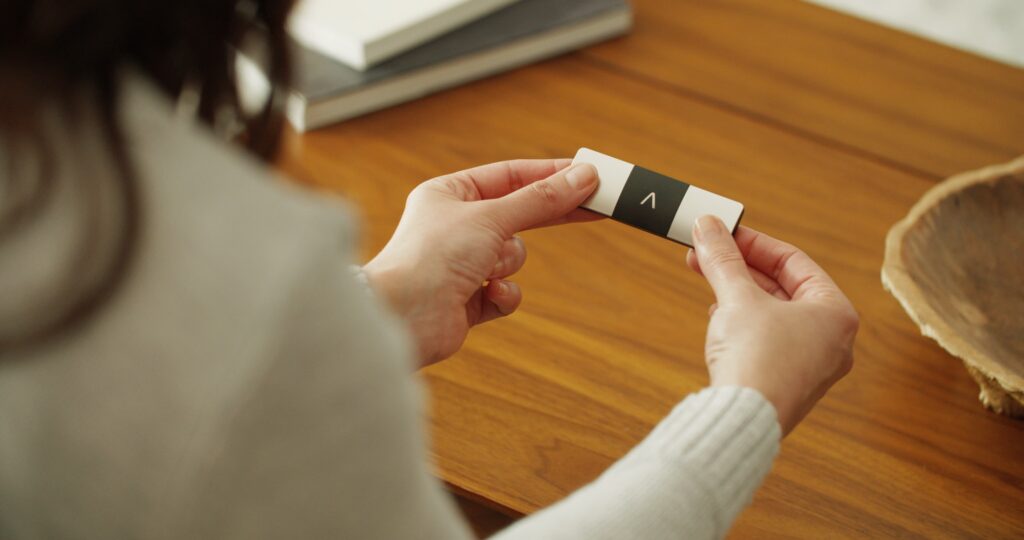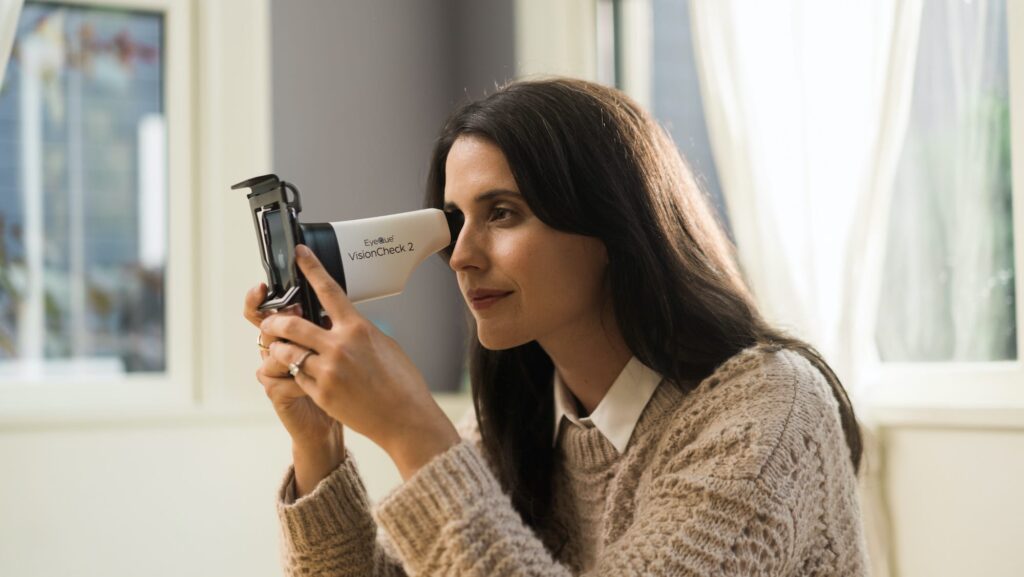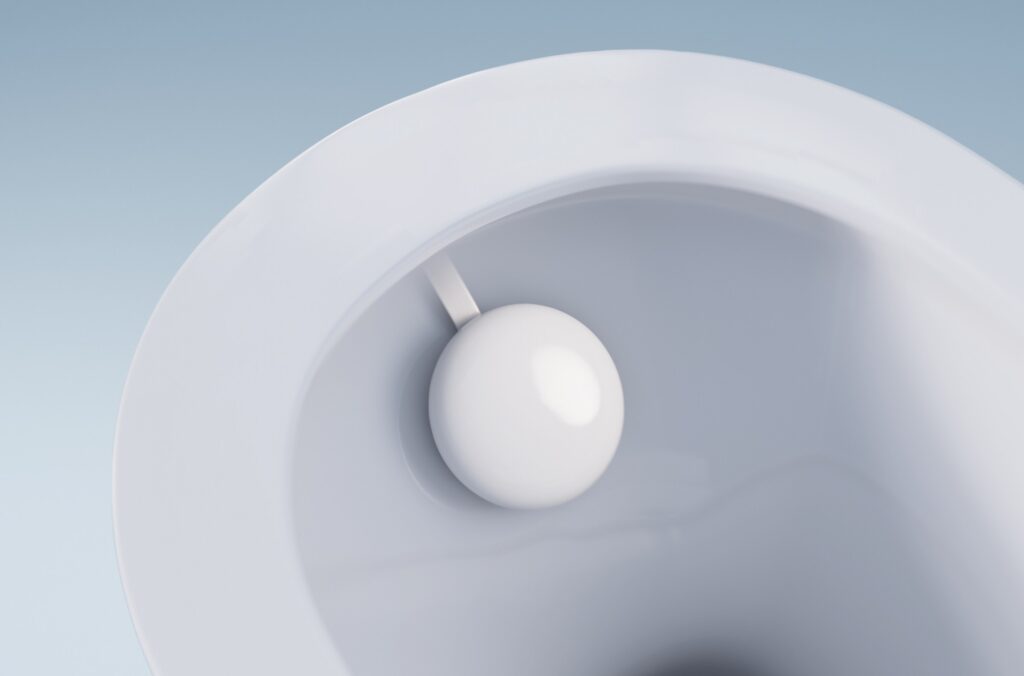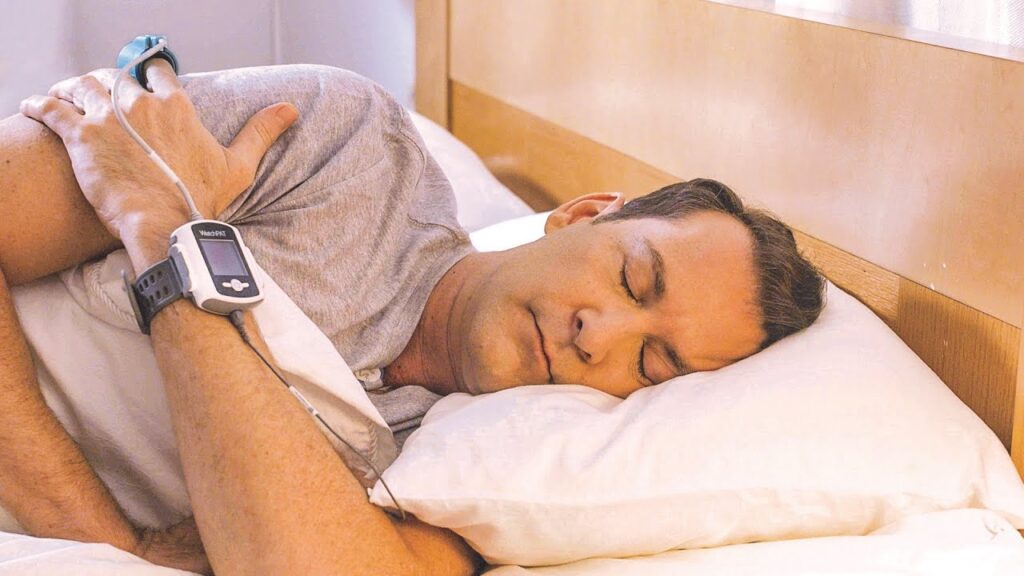
Home Health Tech That Works
- Health
- November 7, 2025
- 12
More health checks are moving out of clinics and into everyday life. A new wave of devices aims to help people spot problems earlier, track ongoing conditions, and have better-informed conversations with their clinicians. This is not a replacement for medical care, but it does change where and how routine monitoring can happen.
At‑home ECG monitors

Portable electrocardiogram devices let users record short heart‑rhythm strips at home and share them with a clinician. They are typically paired with a phone app and can flag irregular rhythms such as atrial fibrillation for follow‑up. One well‑known example is KardiaMobile by AliveCor. These tools are useful for capturing symptoms as they happen, though they do not replace a full clinical ECG or professional diagnosis.
Smartphone‑based eye exams

Phone‑paired tools can help check visual acuity and refractive error from home. They guide the user through a brief test and generate readings that can be compared over time or shared with an eye‑care professional. VisionCheck by EyeQue is a consumer example in this space. Results are best treated as screening information and do not substitute for a comprehensive eye exam.
Portable skin scanners

Clip‑on dermatoscopes and companion apps help users capture magnified images of moles and lesions under consistent lighting, then track changes over time. MoleScope by MetaOptima is one such tool. These devices support documentation and tele‑dermatology, but any suspicious change should be evaluated by a dermatologist.
Smart toilet urinalysis

In‑toilet analyzers can automatically test urine on a regular basis, offering insights such as hydration trends or other wellness indicators and presenting results in an app. U‑Scan by Withings is a leading example. These systems often use replaceable cartridges and are designed for longitudinal tracking rather than one‑off clinical tests.
At‑home sleep apnea testing

Home sleep tests use wearable or bedside sensors to screen for obstructive sleep apnea outside of a lab setting. Data is analyzed to estimate breathing disruptions and sleep patterns, sometimes under a clinician’s order. WatchPAT by Itamar Medical is one such testing system. Positive or inconclusive results typically lead to further evaluation.
What to keep in mind
- Treat these devices as monitoring and screening aids, not diagnostic endpoints.
- Check regional regulatory status and any prescription requirements before use.
- Consider data privacy and where results are stored or shared.
- Look for integrations with your clinic’s systems if ongoing care is the goal.
- Expect recurring costs such as cartridges, subscriptions, or clinician reviews in some cases.
Looking ahead
Today’s home devices are still early steps toward broader at‑home diagnostics. The next wave is likely to focus on collecting richer data with less effort, tightening links to clinical workflows, and making results easier to interpret without turning homes into clinics.
Areas to watch include:
- Noninvasive glucose sensing that avoids finger‑pricks, a long‑running goal with active R&D but no widely available consumer solution yet.
- Cuffless, continuous blood‑pressure tracking that reaches clinical‑grade accuracy for everyday use.
- Integrated bathroom diagnostics that go beyond urinalysis to analyze multiple biomarkers passively over time.
- Home molecular tests that expand beyond today’s kits to screen more respiratory and common infections using a single compact reader.
- Smartphone‑guided or AI‑assisted imaging at home (for example, clinician‑supervised ultrasound) that reduces the need for in‑person triage.
If even a few of these ideas mature, routine checkups could shift from occasional snapshots to a continuous, opt‑in picture of health—collected at home and used to make clinical visits faster, more targeted, and more effective.



